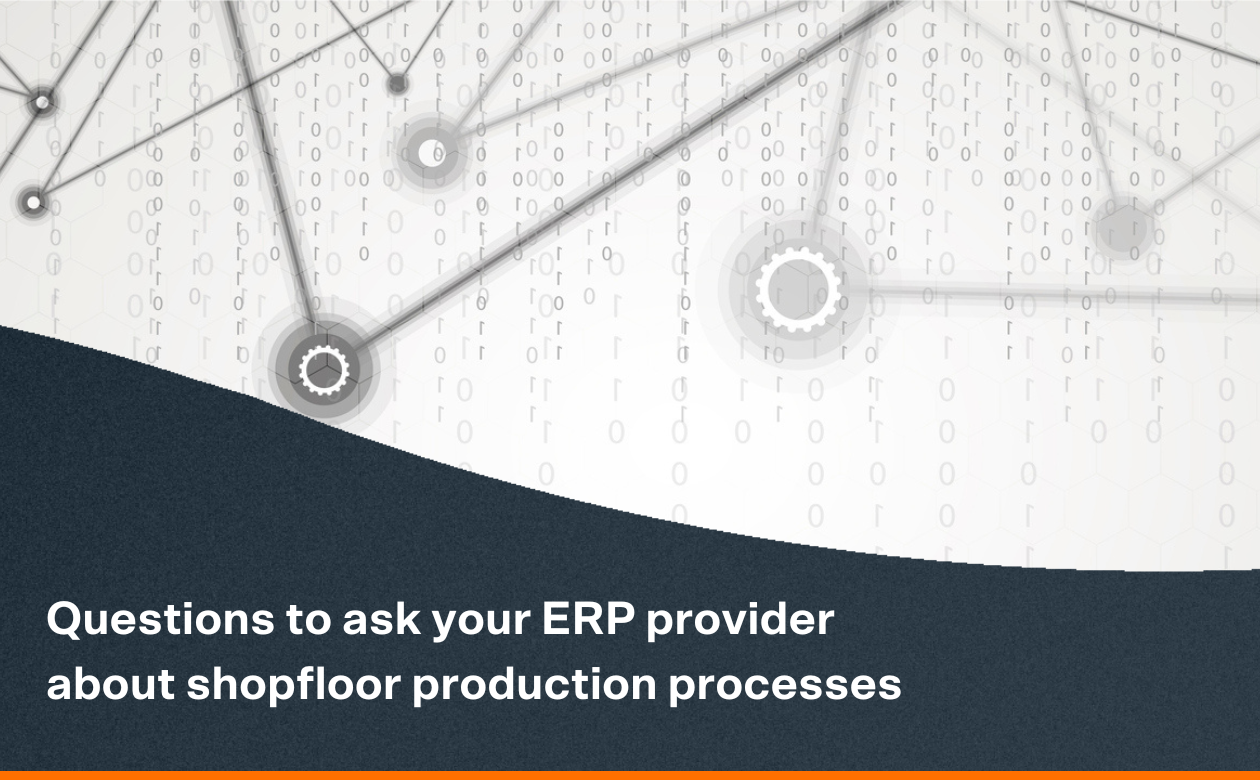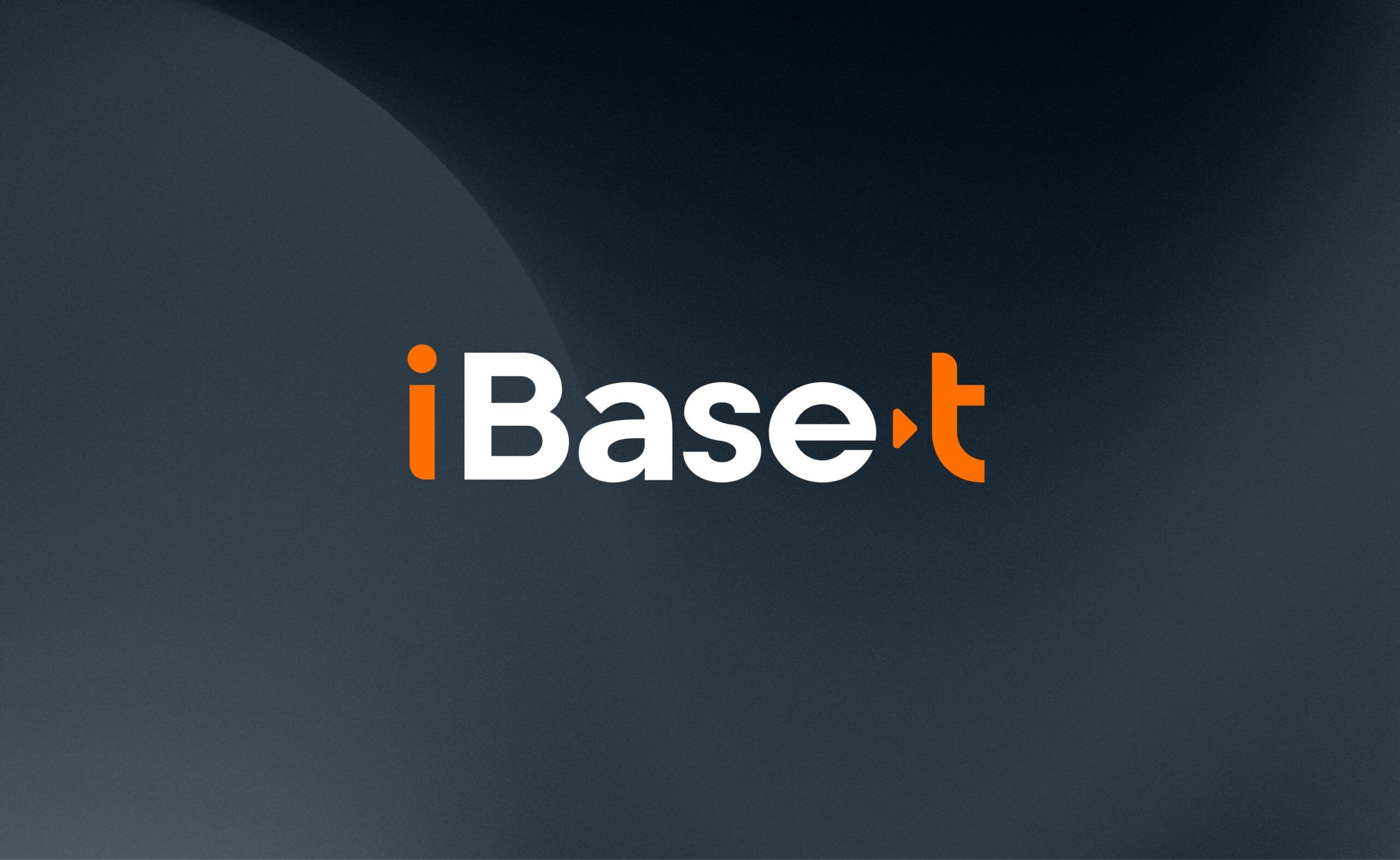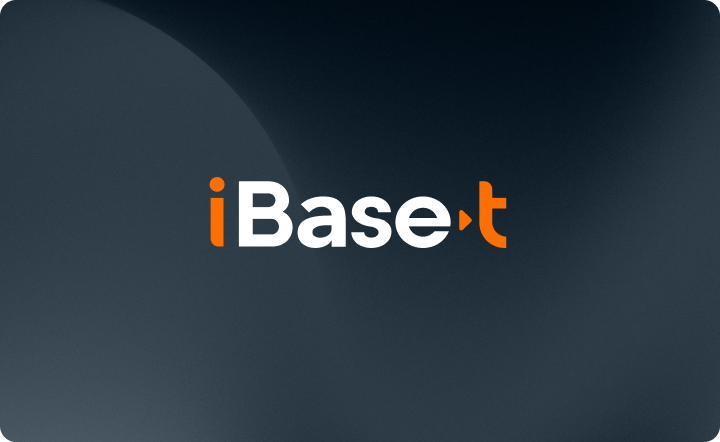While most manufacturers have been dealing with the issue of baby boomer retirement (often called the “great crew change”) for the last decade, COVID and the subsequent labor market turmoil have made the issue of “knowledge transfer” critical. Keeping the organization functioning at optimal performance levels with an ever-changing workforce has become a challenge many manufacturers face. The problem of knowledge transfer has become so serious that there is a whole new market of tools being designed to help companies with the problem. But, as a manufacturer, do you really need a generalized knowledge transfer application to help you onboard new workers or facilitate up-skilling existing staff? Many manufacturers may already have a powerful knowledge transfer tool, their MES. To better understand how MES can help with the knowledge transfer challenge, you need to understand what knowledge transfer is and what it isn’t and the critical elements of a successful knowledge transfer initiative.
Knowledge Transfer is More Than Training
If you think knowledge transfer is just a training program to teach people specific skills or processes, you likely will need help to drive the improvements you are hoping to achieve. Also, if you treat knowledge transfer as just the dissemination of data or information throughout your organization, you will see the same results. A knowledge transfer program does include training and information exchange as elements, but it includes much more, including:
- A cross-enterprise/organization aspect. It is about moving knowledge from one part of the business to others, even in different parts of the organization with different functional roles.
- It is not just a program but is also a cultural shift. It is about creating an environment where ideas, information, and learnings flow freely throughout the organization as a normal part of the daily work environment.
- It includes the documentation and processes associated with learning and information exchange. It builds upon knowledge management which is the cataloging and archiving of information but goes beyond that to include tools to help visualize ideas.
- It encompasses both explicit and experiential learning. It goes beyond classroom or instructor lead or online training that teaches factual information. It also includes teaching the “muscle memory” and thought processes needed to do a job well through hands-on coaching.
Key Attributes of a Successful Knowledge Transfer Program
To be successful, your knowledge transfer program must incorporate the following elements:
- Metrics – the program has to have a way to track performance against specific program deliverables
- Time and Space Independence – the program has to be able to scale across the organization both geographically as well as allow for asynchronous communications.
- Role Specificity – the program must allow for the definition of specific roles and the associated knowledge applicable to each role. It must also use the lexicon of each role as appropriate.
- Scalability – the program must be capable of growing (or shrinking) to meet the organization’s needs as it evolves. It must also be able to scale to outside the organization.
- Prioritization – the program must have the capability of prioritizing roles and information to address items with higher risk profiles.
- Data-Driven – the program must support the identification and quantification of specific knowledge, whether explicit or tacit.
Why Your MES is Such a Powerful Knowledge Transfer Tool
Since knowledge transfer is both a program and a culture, you will likely use multiple tools to build your knowledge transfer environment. There are software applications that say they should be the basis of your knowledge transfer program. Still, if you look at some of the attributes above, it is clear they likely will lack the domain specificity that your MES already offers. A modern Manufacturing Execution System / Manufacturing Operations Management solution already gives you a mechanism to capture and communicate knowledge across the organization and has inherent quantification and reporting capabilities. Most importantly, a modern MES/MOM solution is scalable, extensible, and has security features that ensure that not only is the knowledge transferred, but it is done so in accordance with all regulatory requirements. So, before you push yet another application on your manufacturing workforce, look to your MES to serve as a key element of your knowledge transfer efforts.





